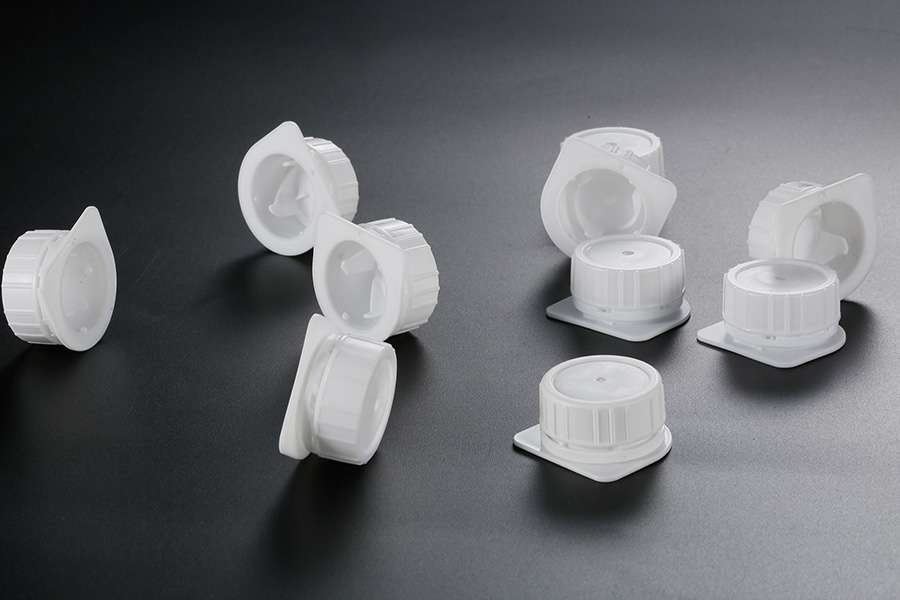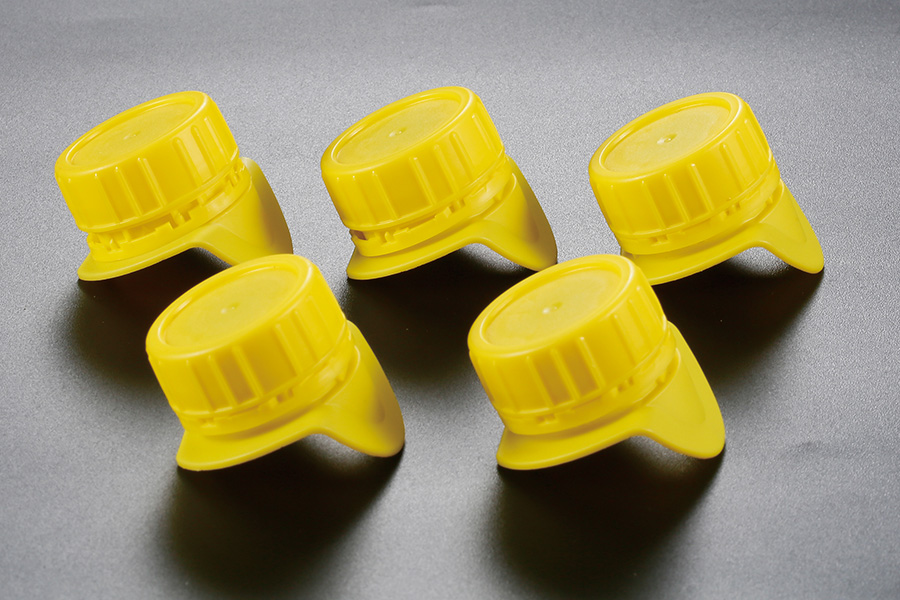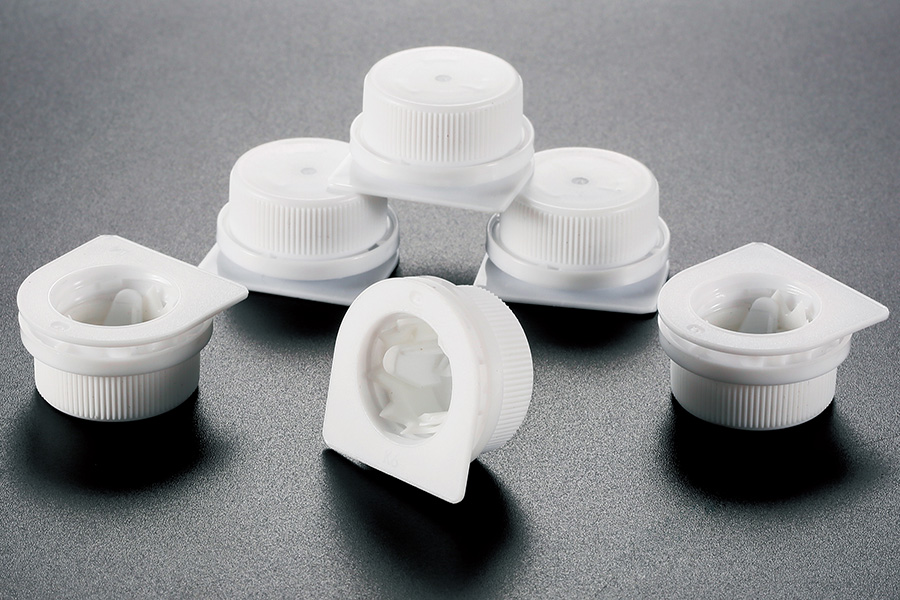Carton bottle packaging caps and sealed carton bottle caps serve a vital function in preserving product quality, preventing leaks, and supporting brand reputation across sectors ranging from beverages and food to cosmetics and pharmaceuticals. While precise manufacturing is fundamental to their effectiveness, attentive maintenance after production and throughout the supply chain is equally important. A well-planned approach to maintenance can help businesses avoid disruptions and uphold consistent standards.

Handling and Storage Recommended Practices
Maintaining the integrity of carton bottle packaging caps begins with appropriate handling and storage conditions. Caps should be kept in clean, temperature-controlled environments where humidity levels remain stable to reduce the chance of moisture-related deformation or mold growth.
Sealed carton bottle caps benefit from additional protection through sealed containers or dedicated wrapping that guards against dust and airborne contaminants. When accessing stored caps, personnel should avoid placing heavy items on top of them, since excess weight can distort sealing edges and compromise their ability to fit securely onto bottle necks.
It is also advisable for staff to wear gloves or use sanitized tools when handling caps, particularly for products that demand rigorous hygiene standards. Even minor residues or particles introduced at this stage can interfere with sealing performance during production.
Pre-Use Inspections
Conducting routine inspections before caps enter the packaging line helps identify defects early. Visual assessments can reveal cracks, warping, or irregularities in tamper-evident features and liners. Verifying that key sealing components are intact reduces the risk of failures later in the distribution process.
Some production sites rely on automated detection systems to screen for dimensional inconsistencies or surface imperfections. In smaller-scale operations, checklists can help ensure that inspection steps are carried out systematically. For sealed carton bottle caps in particular, confirming that sealing surfaces remain uncontaminated is essential for dependable closure.
Cleaning Procedures and Contamination Control
Cleanliness is especially significant when caps are intended for sensitive applications such as pharmaceuticals or food packaging. Even though most caps are manufactured in controlled settings, transport and storage can introduce unwanted contaminants. Where additional cleaning is necessary, selecting cleaning agents that will not compromise the material’s properties is critical.
Non-contact methods like compressed air can clear dust and debris effectively. For more persistent residues, wiping with lint-free cloths dampened with approved solutions may be required. After cleaning, caps should be dried thoroughly to avoid moisture retention, which can lead to product damage or sealing issues.Establishing documented cleaning routines and reviewing them periodically helps maintain consistent hygiene standards over time.
Equipment and Mold Care
The equipment used to produce carton bottle packaging caps also demands regular attention to maintain output quality. Mold cavities should be inspected and cleaned to remove build-up that can impact dimensions or surface finish. Lubricating moving components minimizes friction and prolongs equipment lifespan, reducing the likelihood of production-related inconsistencies.
Regular calibration of injection molding machinery ensures process parameters such as temperature, cycle duration, and pressure remain within specifications. This prevents defects that can increase maintenance needs during subsequent handling and use. Keeping detailed records of maintenance activities strengthens traceability and allows swift troubleshooting if issues emerge.
Safe Transport and Storage During Transit
Transporting caps between manufacturing facilities, warehouses, and customers requires careful planning. Packaging should be designed to limit movement, with clear labeling to indicate contents and handling requirements. Cushioning materials can help absorb impacts and vibration that occur during shipping.
It is important to manage exposure to temperature extremes, as certain plastics may expand or contract under fluctuating conditions, potentially altering fit and performance. When transporting caps internationally, additional customs protocols should be factored into scheduling and logistics planning.Comprehensive shipping documentation supports visibility across the supply chain and helps confirm that caps remain undamaged until final use.
Training and Awareness Among Personnel
Maintenance practices are only as effective as the employees who carry them out. Consistent training ensures that everyone involved in handling, storage, inspection, and cleaning understands correct procedures and their impact on product quality.
Training can include demonstrations of inspection techniques, cleaning protocols, and storage requirements. Providing reference materials reinforces learning and supports adherence to established standards. When team members recognize the importance of these steps, they are more likely to follow protocols accurately and report any concerns without delay.
Focusing on each stage—from handling and inspection to cleaning, equipment maintenance, and transport—helps keep carton bottle packaging caps in optimal condition throughout their lifecycle. A proactive maintenance program, supported by informed personnel and clear procedures, allows businesses to safeguard their products, reduce avoidable waste, and ensure that every cap performs as intended when it reaches the consumer.


 English
English  русский
русский عربى
عربى



